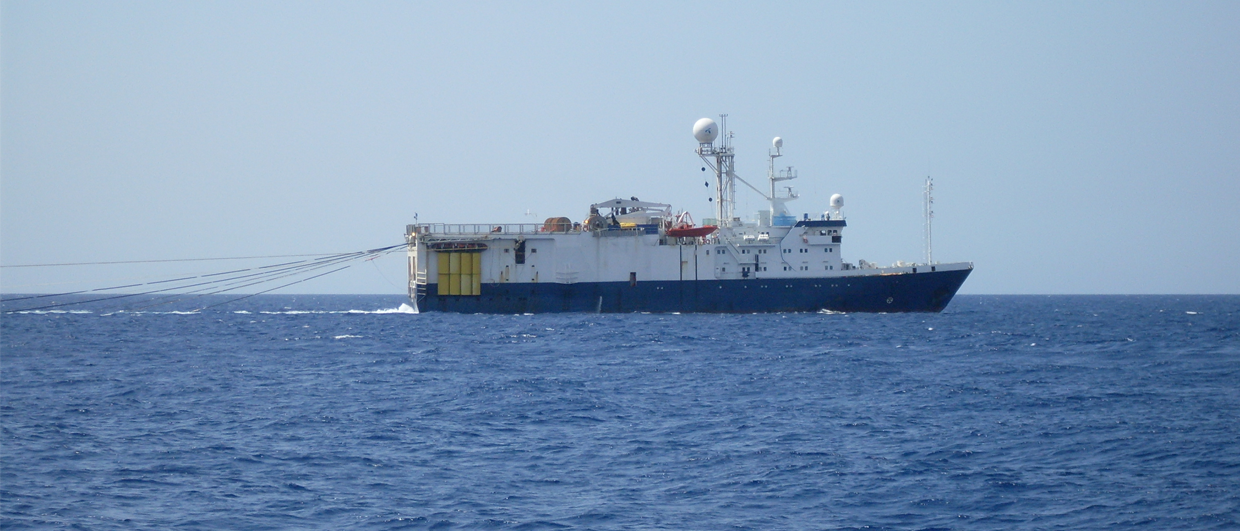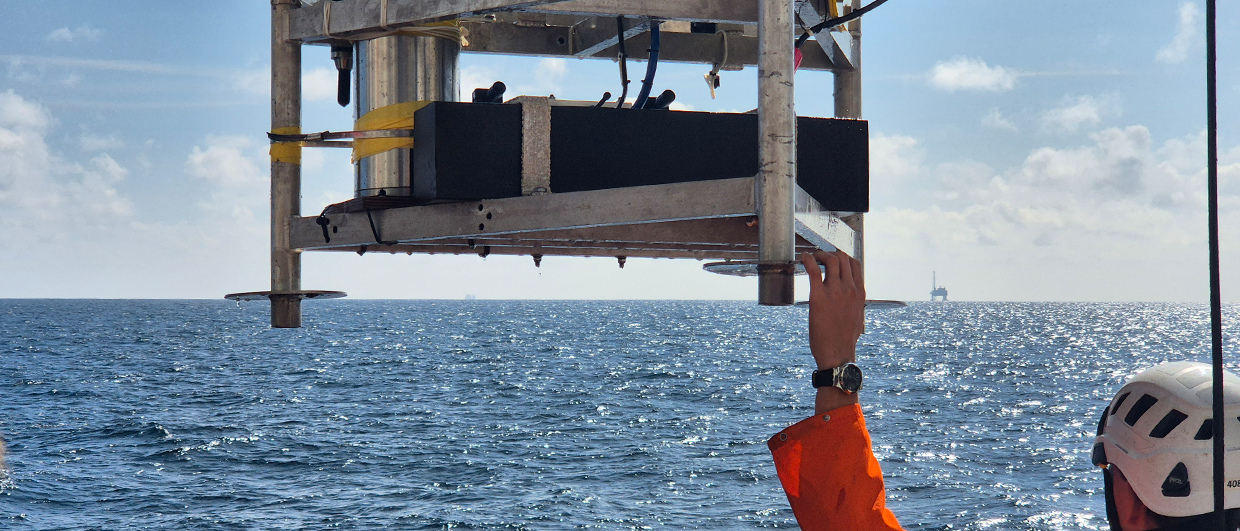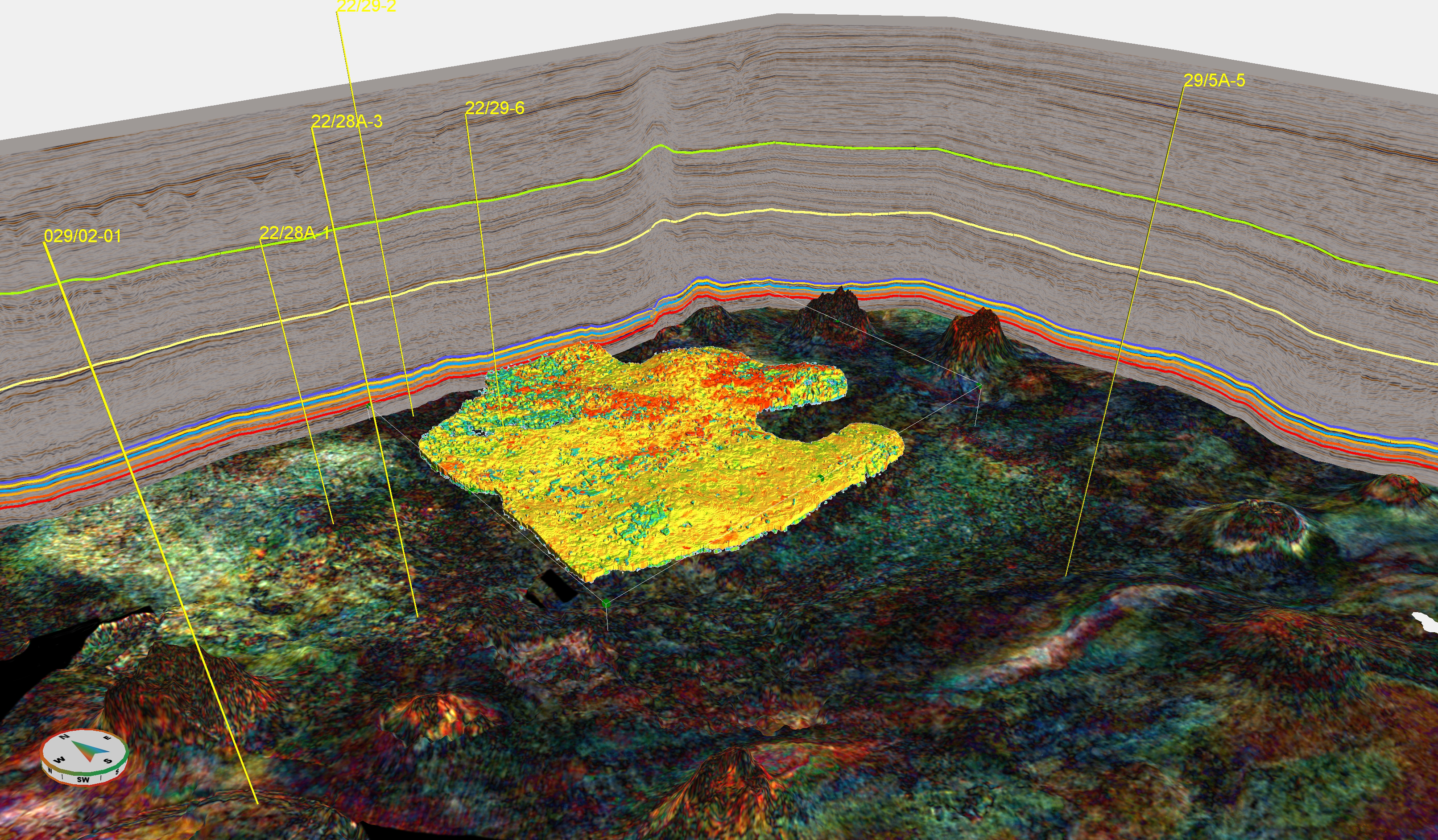One of the four high impact discoveries is the Glengorm discovery in the UK North Sea by CNOOC (“Discovery in UK North Sea”), which is potentially the biggest since Culzean in 2008. The second and the third are the Haimara and Tilapia discoveries in the Stabroek license offshore Guyana by ExxonMobil. The fourth is the Brulpadda frontier discovery in deep water South Africa, which is a major play opener with resources up to 1 billion boe gas and condensate according to operator Total.
Westwood estimates that at least 1.3bnboe of resource has already been discovered through high impact exploration in 2019, compared to ~5.3bnboe discovered in the whole of 2018 (Westwood insight).
The Glengorm discovery is an HPHT Upper Jurassic trap in the Central Graben with stacked reservoirs in the deep marine, Intra-Heather formation turbidites and the shallow marine shoreface deposits of the Fulmar formation with follow-up potential in the area (read more in “Glengorm geology”). Partner Total estimates the gross recoverable resources to be around 250mmboe of gas and condensate.
According to Graeme Bagley from Westwood the Glengorm discovery will reignite excitement for the HPHT play of the Central North Sea. The next high impact wells on the UKCS to watch are the Rowallan well, currently drilling, and Edinburgh, which is one of the largest undrilled prospects on the UKCS. For a more extensive outlook for 2019 exploration wells on the UKCS read “UK wildcats for 2019”.
Edinburgh
The cross-border prospect Edinburgh (“cross-border exploration”) is considered one of the largest undrilled prospects in the North Sea, estimated to hold up to 200million barrels of oil. The prospect straddles the UK/Norway border in the Central North Sea at the southeastern end of the prolific Josephine Ridge area. The structure is a large, tilted Mesozoic fault block.
The prospective reservoirs include the Upper Jurassic Ula age-equivalent Freshney and Fulmar formations and Triassic Skagerrak formation. These stacked reservoirs form the potential reservoir intervals trapped in a robust dip, fault and salt related closure. For the trap to work it requires a number of trapping and sealing elements including salt seal, fault seal and dip closure. Top seal in the prospect is provided by the Kimmeridge Clay and Heather Shales, as well as the CromerKnoll Gp and Chalk and the Jonathan mudstone in the case of an independent Triassic hydrocarbon column. The marine Kimmeridge Clay is the main source rock for hydrocarbons in the Edinburgh basin, with additional contributions from the Heather shales and Pentland. Basin modelling from previous operator Maersk Oil predicts the Edinburgh structure to be gas condensate bearing.



Maersk Oil estimated the recoverable resources in Edinburgh in a range between 6 and 210mmboe with a mean of 86mmboe (relinquishment report P2039). Faroe Petroleum is now operator of the license on both UK and Norwegian side of the border, with partners Shell and Spirit Energy. The companies have agreed that Shell will take over operatorship as soon as a drill decision is taken.
Rowallan
Rowallan is a HPHT well currently drilling in the Central North Sea. The well was spudded by operator ENI just after New Year (“Rowallan well spud”). Rowallan is a significant structural fault and dip-closed trap in the east of Block 22/19c in the Central North Sea. The target of the well are high-quality sandstones at both Middle Jurassic and Triassic levels, which are optimally situated for hydrocarbon charge from the direction of the nearby Monan and Mungo oil fields. Partner Serica Energy estimates the net prospective resources to be approximately 20 to 60mmboe.






